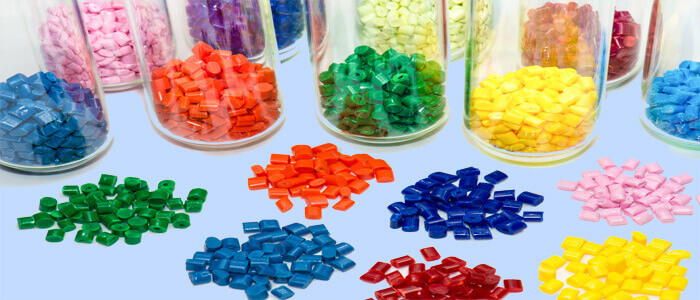Rubber is the prime requisite across multiple engineering projects, and also in the manufacturing verticals. Whether it is a mobile phone, or a vehicle, in most of the segments, the application of rubber is often seen. But, for the industrial application of rubber across numerous products, the enforcement and regulatory agencies put forth specific rubber testing guidelines, mandatory for all the manufacturers. OEM or Original Equipment Manufacturers and automobile sectors must follow and collaborate with rubber testing labs for assessing the effectiveness and durability of the polymer they are using in the equipment.
But despite of the specific quality compliances, a considerable number of manufacturers do not resort to rubber testing labs. On the contrary, they produce and sell such equipment, or raw material that can pose severe threat to life and finances.
What are the Implications or Consequences of Non-Compliant Rubber or Polymer Usage in OEM products, and in other verticals?
Most of the stakeholders are never interested in treating the rubber across multiple verticals because it eats upon their profit share. But, little do they understand that in case, if they are in the manufacturing vertical, quality compliances are mandatory. At the same time, these days, the consumer knows his/her rights and they can claim verification of the products. For example, if the car or bike tires have worn-out very soon, they can sue the product manufacturers and the outcome would be very expensive in the form of warranty claims, legal disputes, and in the worst cases, even the goodwill of the brand will be compromised with word-of-mouth-publicity.
But, often it is not just the lack of will of the manufacturer, but also the malfunctioning of the machines at the testing site. In case, if the plastic testing lab is not using the state-of-the-art machinery and cutting-edge technology, precision in the testing will not happen. For the manufacturers, it is better to avail the testing services from an ISO recognized polymer testing lab for the best results.
Top Reasons for the Failure of the Polymer or Rubber Testing
Lack of Proper Mechanism and Technology
In most of the cases, it has been found that unavailability of the right infrastructure and machinery results in long-term behavioral irregularities in the rubber’s life and adaptability with the environment.
Environment Impacts Durability
Lack of proper assessment of the environmental factors also results in a withering rubber life. In specific and compliant rubber testing labs, the rubber goes through different climatic and environmental conditions. Only when under extreme climate and environment, the best polymer survives and preferred over other mediocre polymer.
But, at times, specific guidelines are never followed by the manufacturers and the results are always horrendous.
What is the contribution of human in the failure of Polymer and Rubber?
Smithers Rapra, a premiere name in the industry of Polymer and Rubber conducted live lab trials on the flexibility, durability and resistance of rubber. In a number of used cases, it was found that 45% of the accidents were attributable to mediocre rubber usage and the inability to detect the environmental adaptation and use of inferior quality materials in the rubber.
In the industrial trails, the products before being availed to public must undergo rigorous testing and assessment, but most of the manufacturers resort to saving the cost and the results are extremely unpleasant.
Testing labs in India: The Key Challenges They Face
Ductile Failure
Even though, there are a lot many manufacturers and suppliers using inferior grade rubber, even high-quality material usage and quality test compliances do not promise complete safety and security. The primary reason is ductile failure in the rubber or polymer. This happens because of abrupt and extremely harsh environment in which the polymer may brittle. The worst thing about this failure is its nature. As it is unpredictable and beyond the control of technology, very little steps can be taken against it.
What Is the Best Way to For Polymer Testing Lab to Ensure Quality Compliances?
To analyse the material degradation, microscopes could be the best possible option. With the help of the microscopes, molecular distribution of the polymer can be analysed efficiently. At the same time, most of the manufacturing verticals can deploy an audit body to analyse the quality aspects and perform rigorous tests for an effective technical trail of polymer and rubber. Most of the rubber testing lab in Delhi are doing this and the results are phenomenal.

